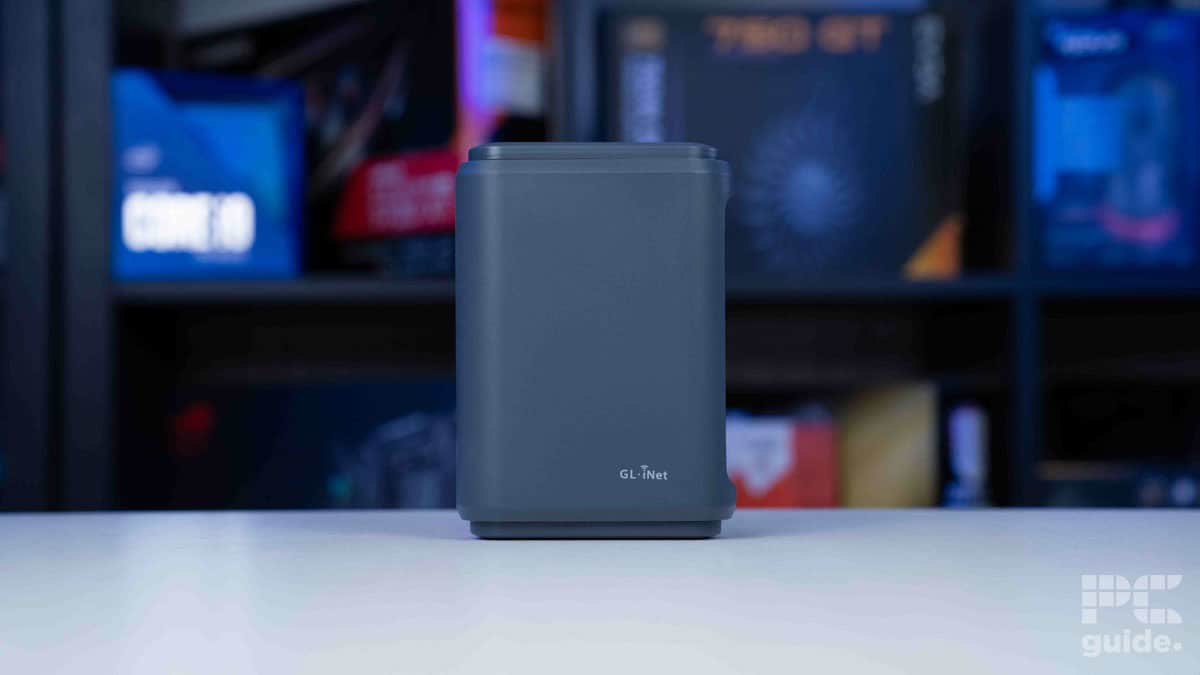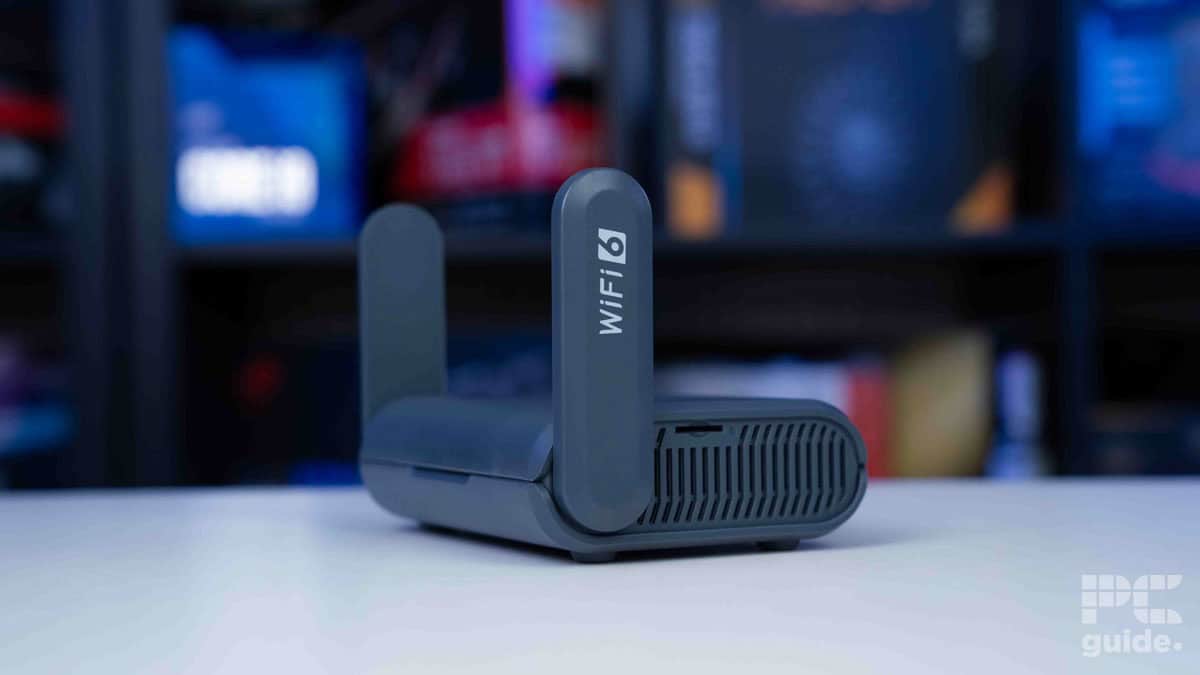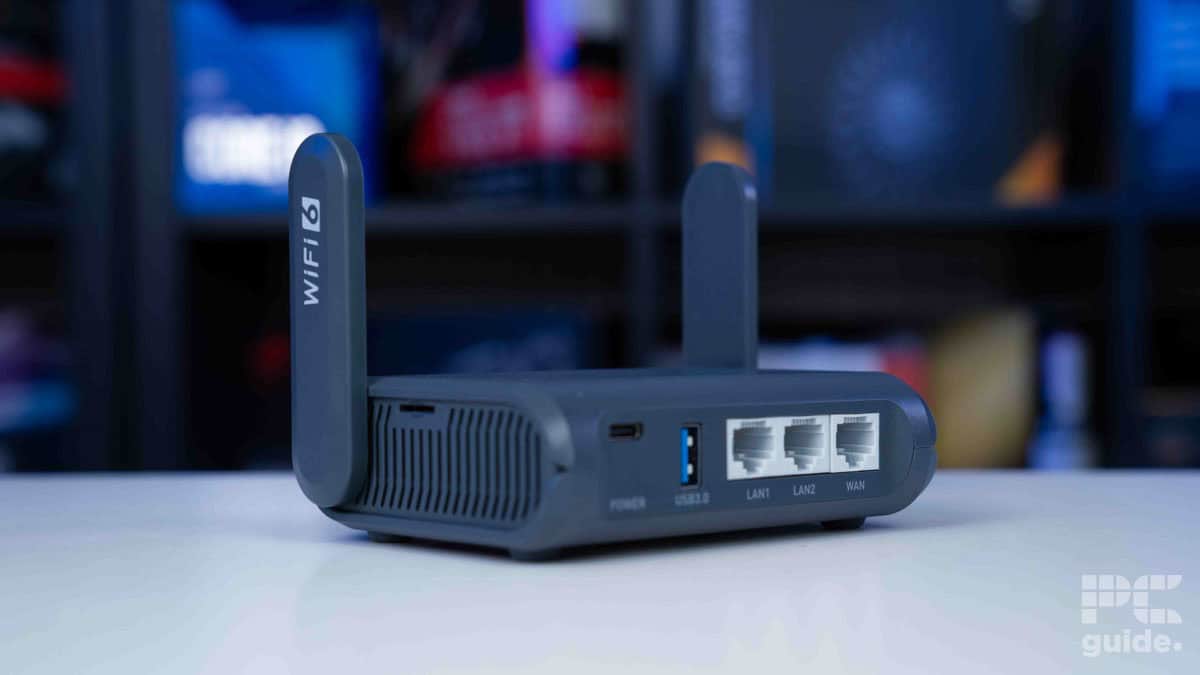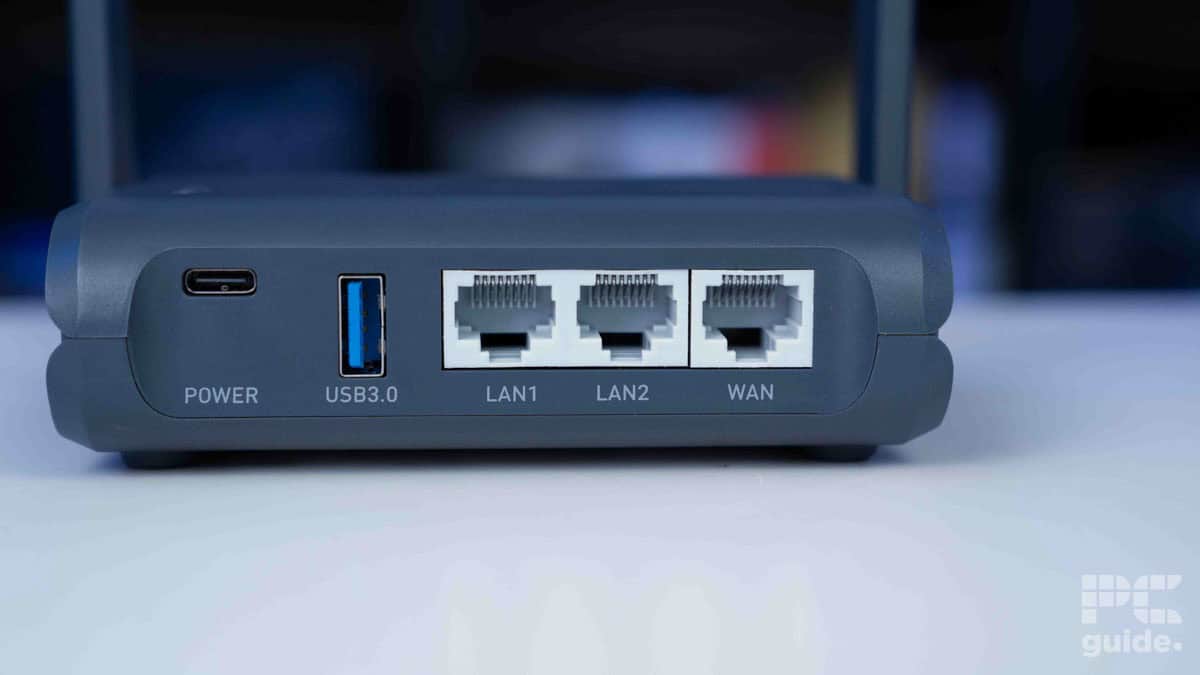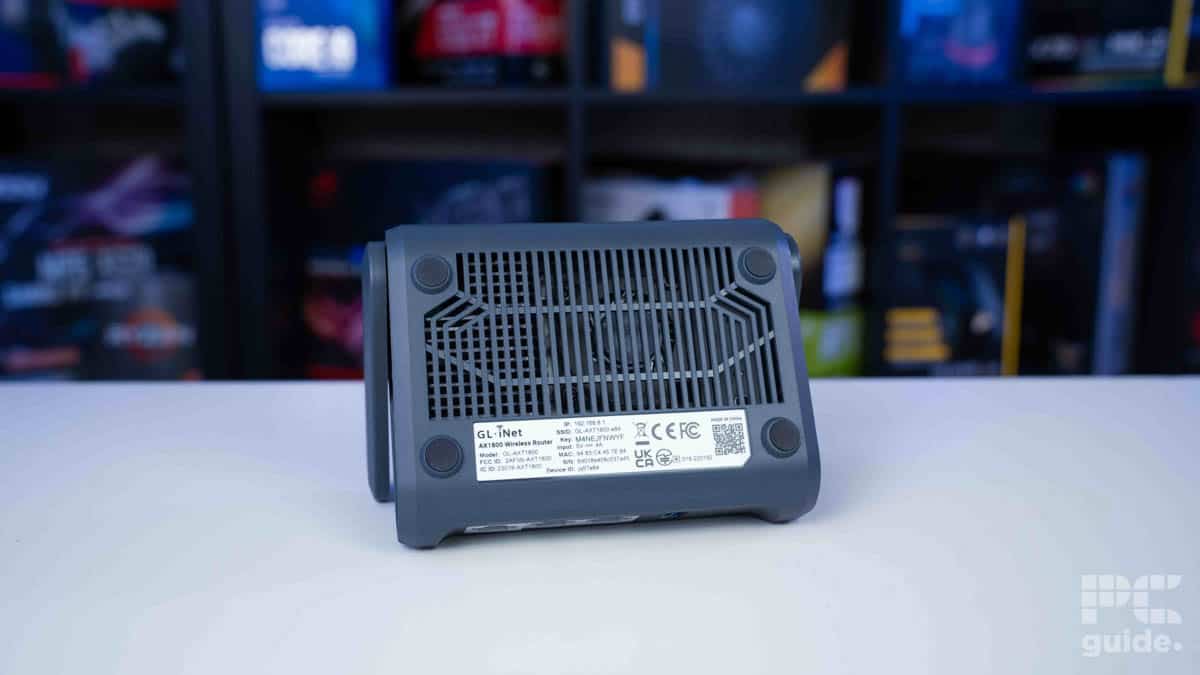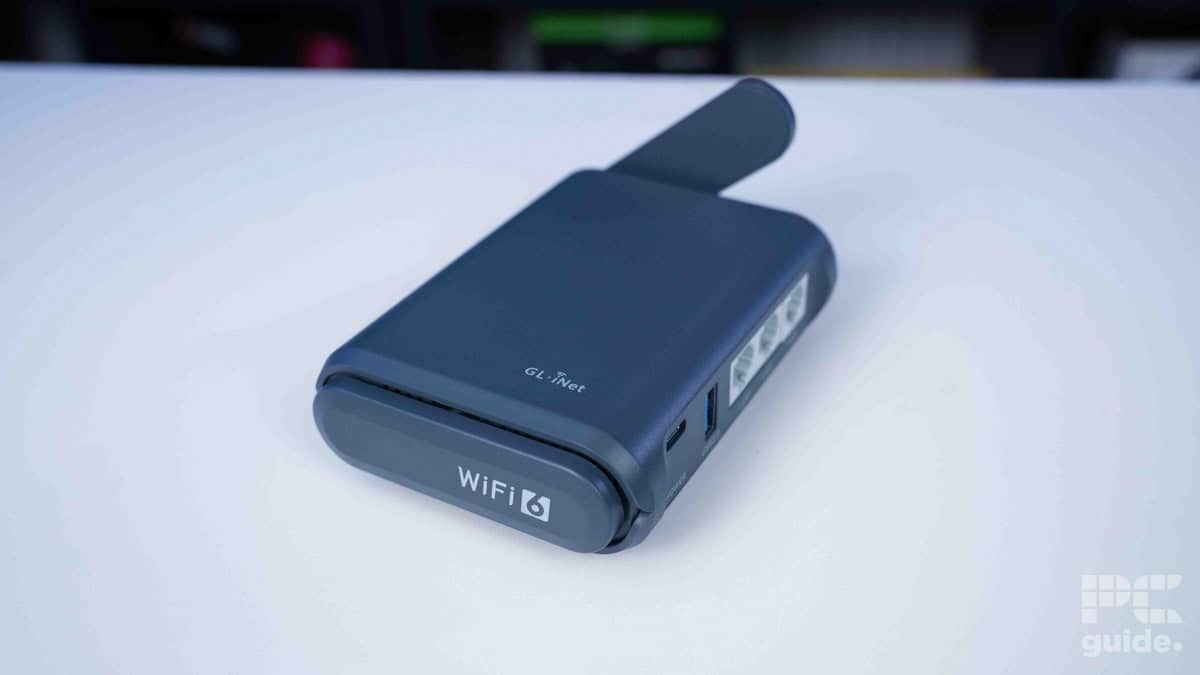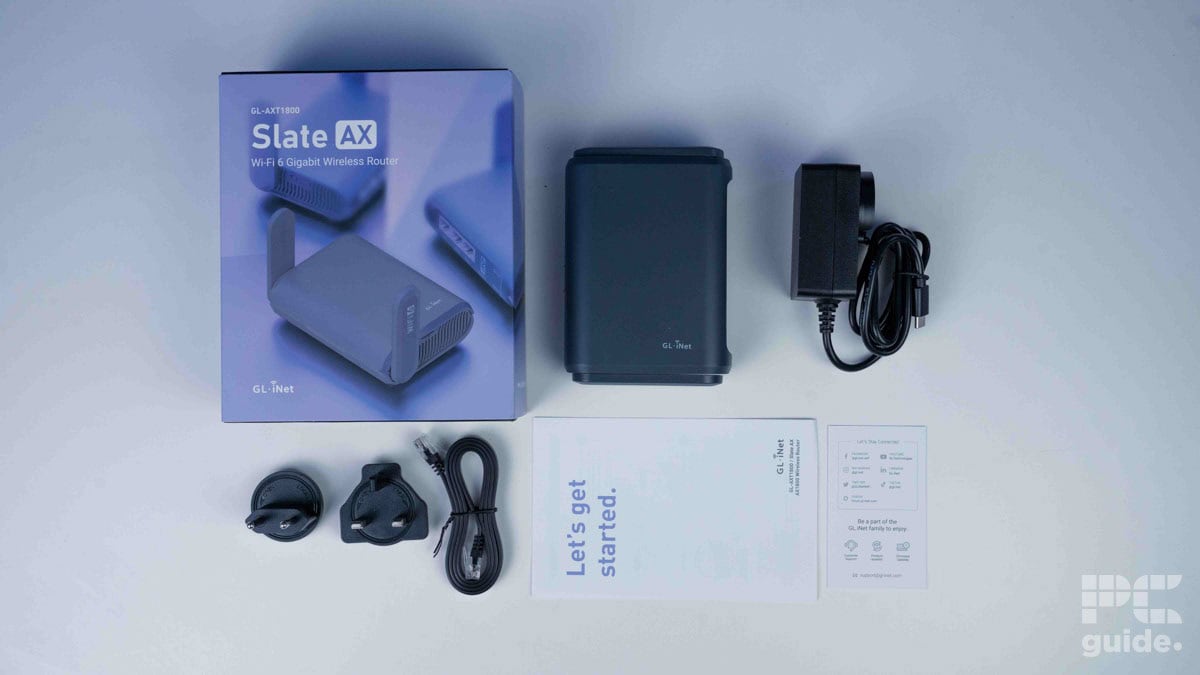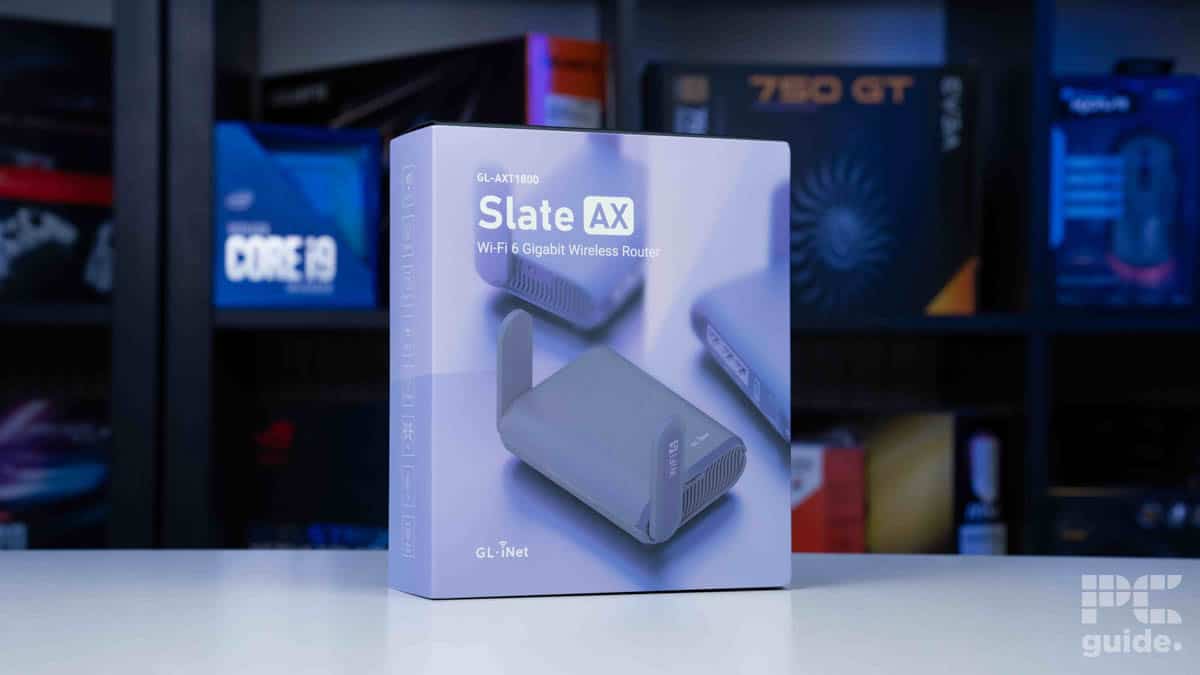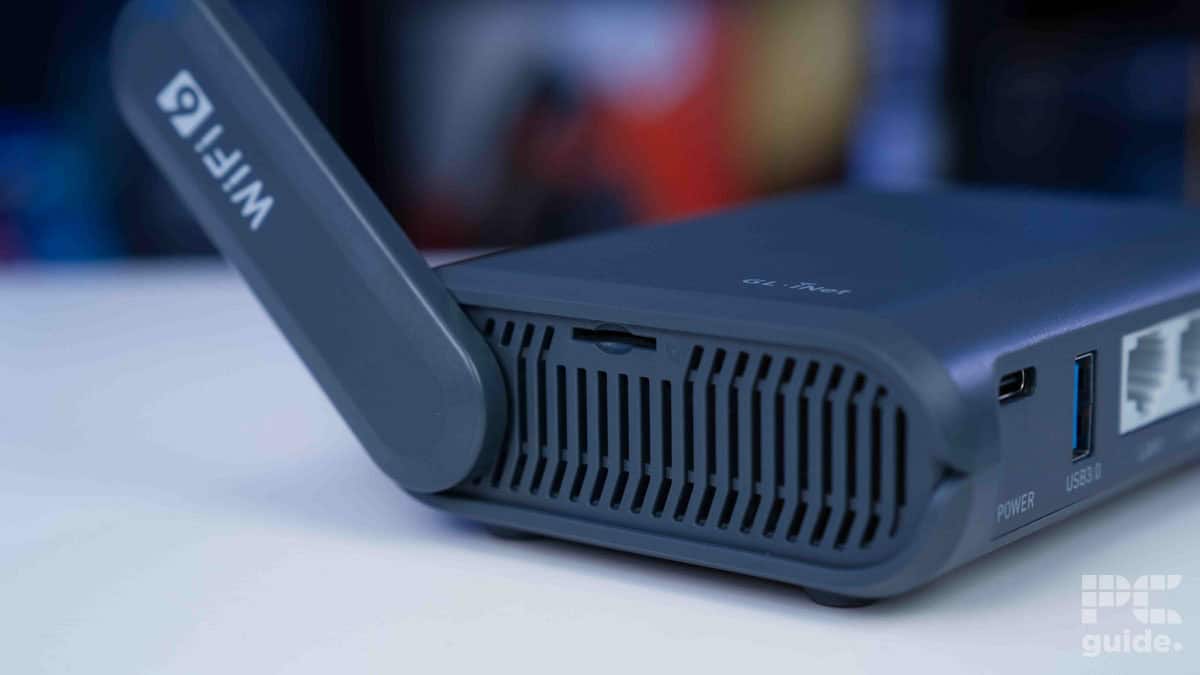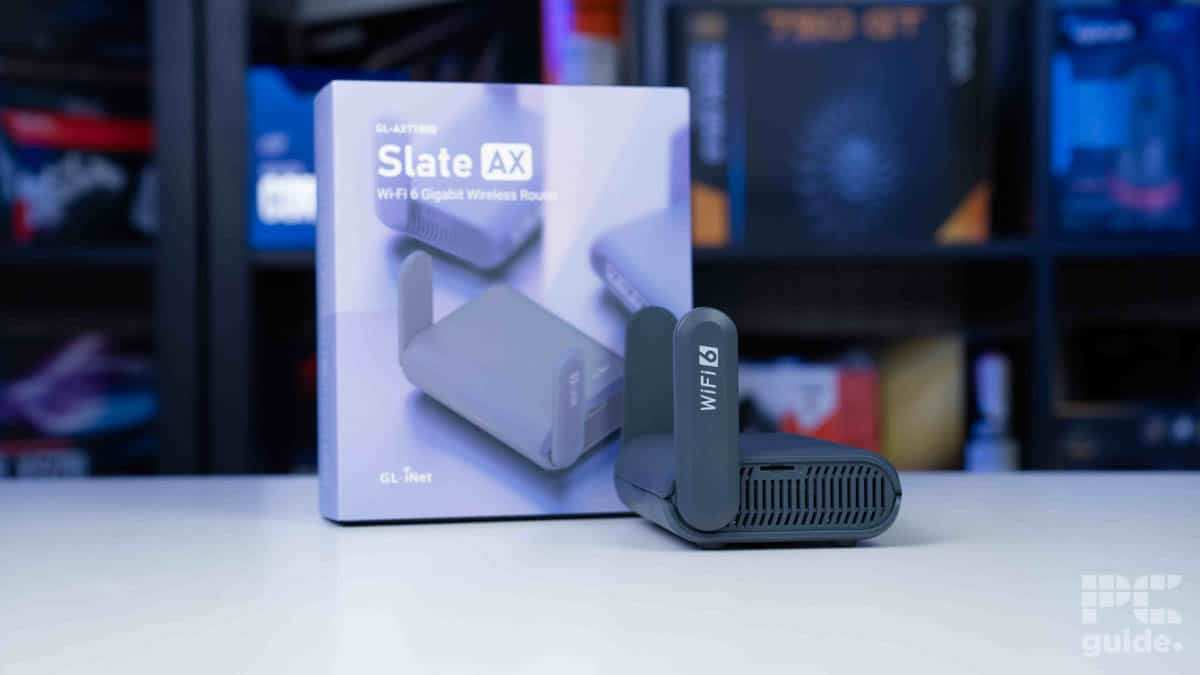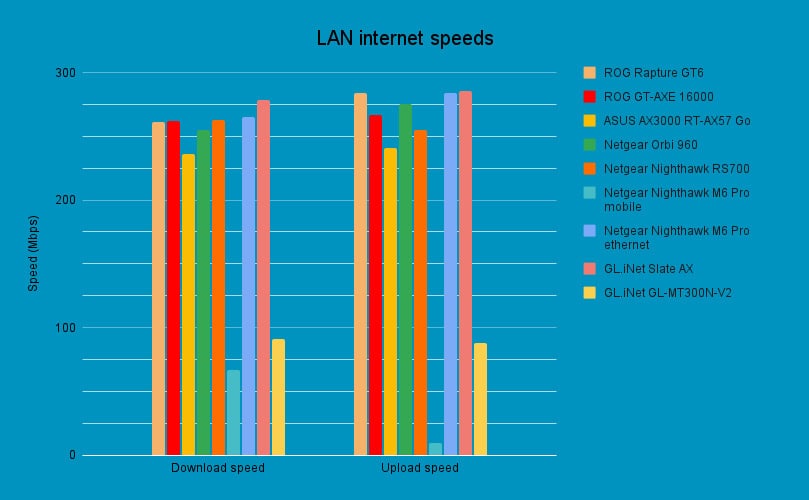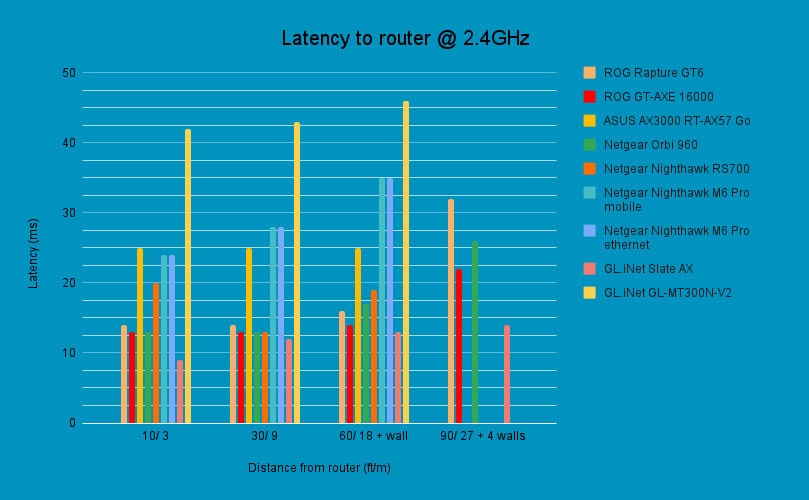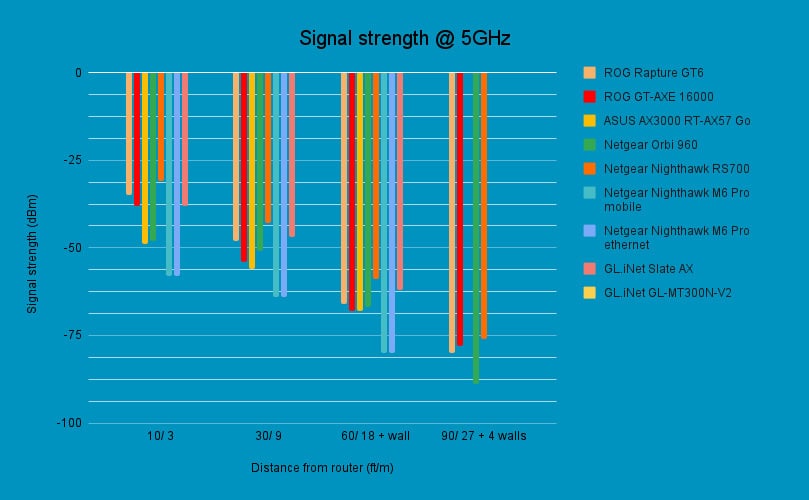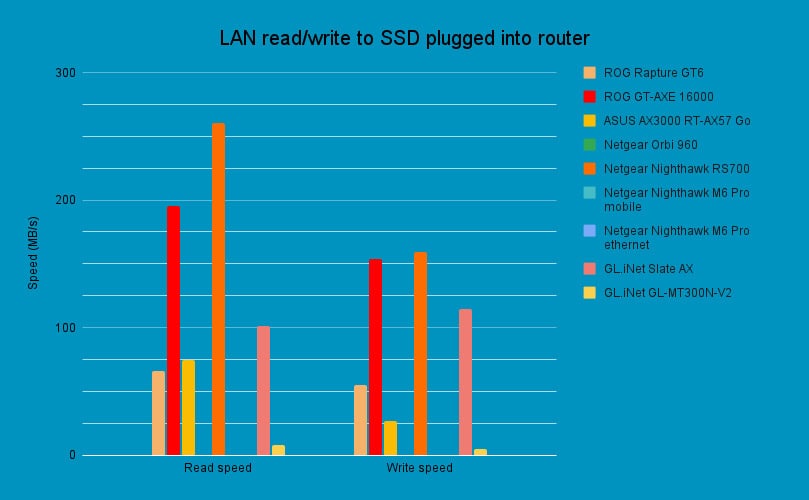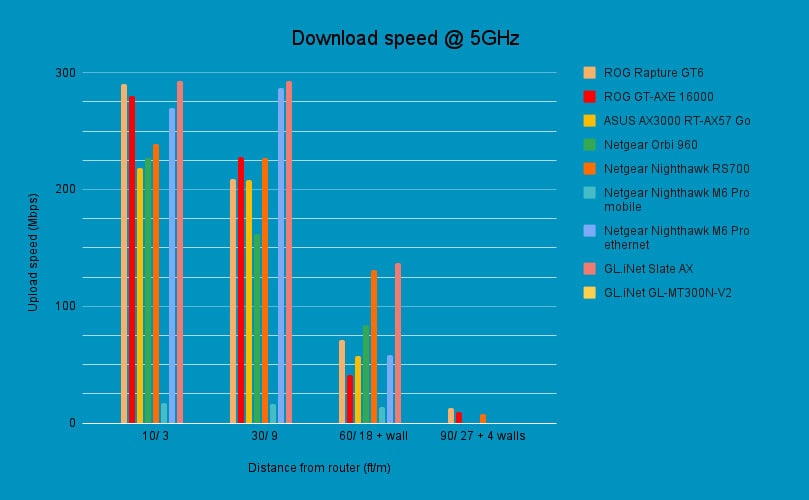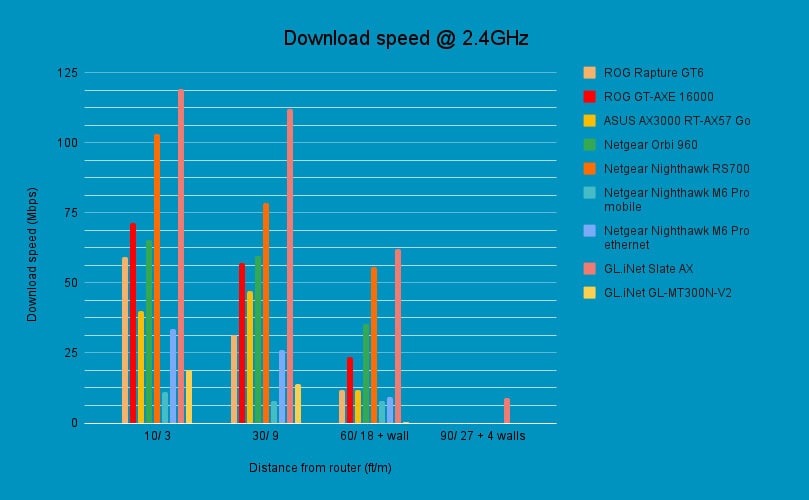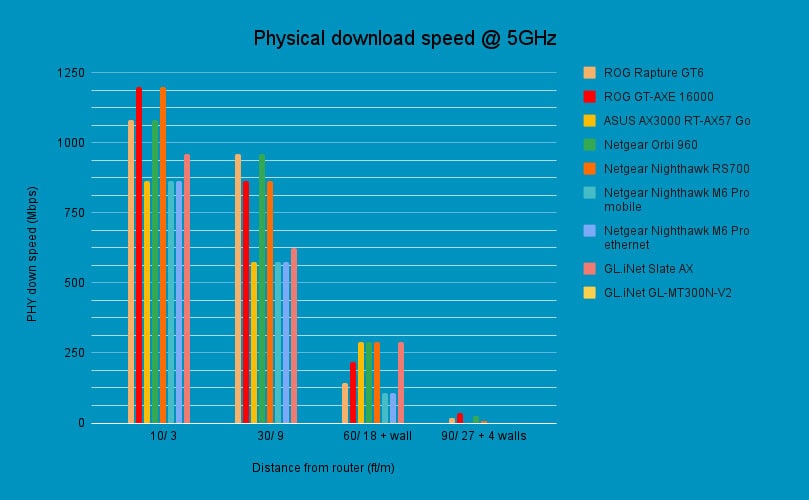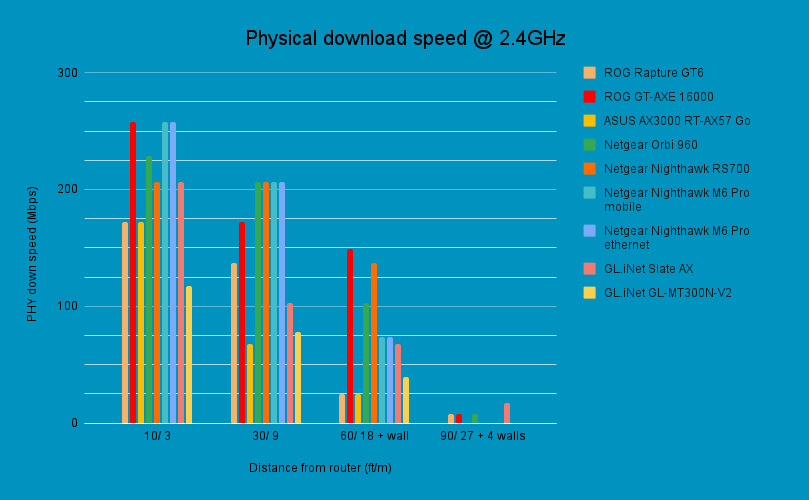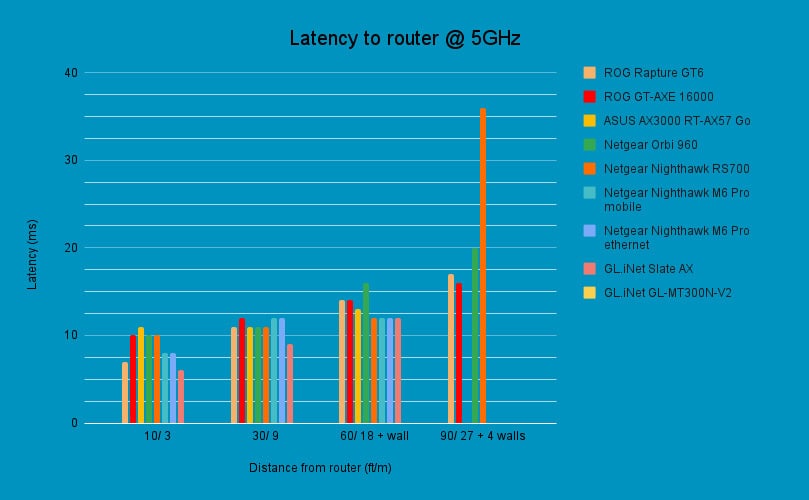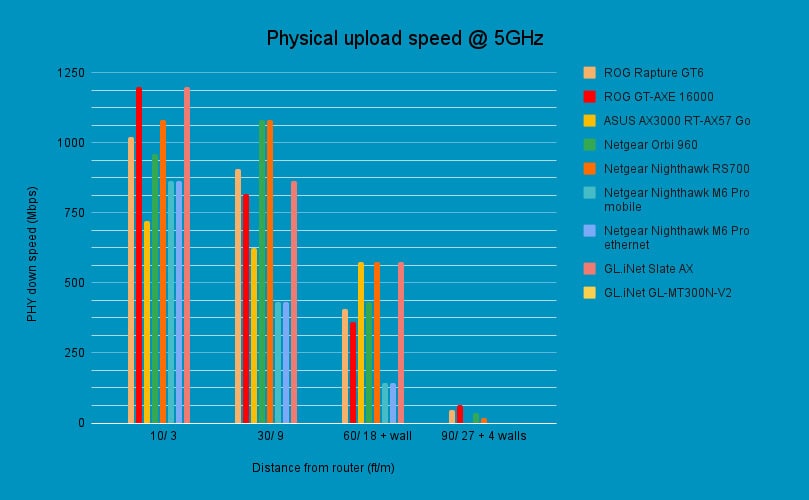GL.iNet GL-AXT1800 Slate AX review – incredible performance, great portability
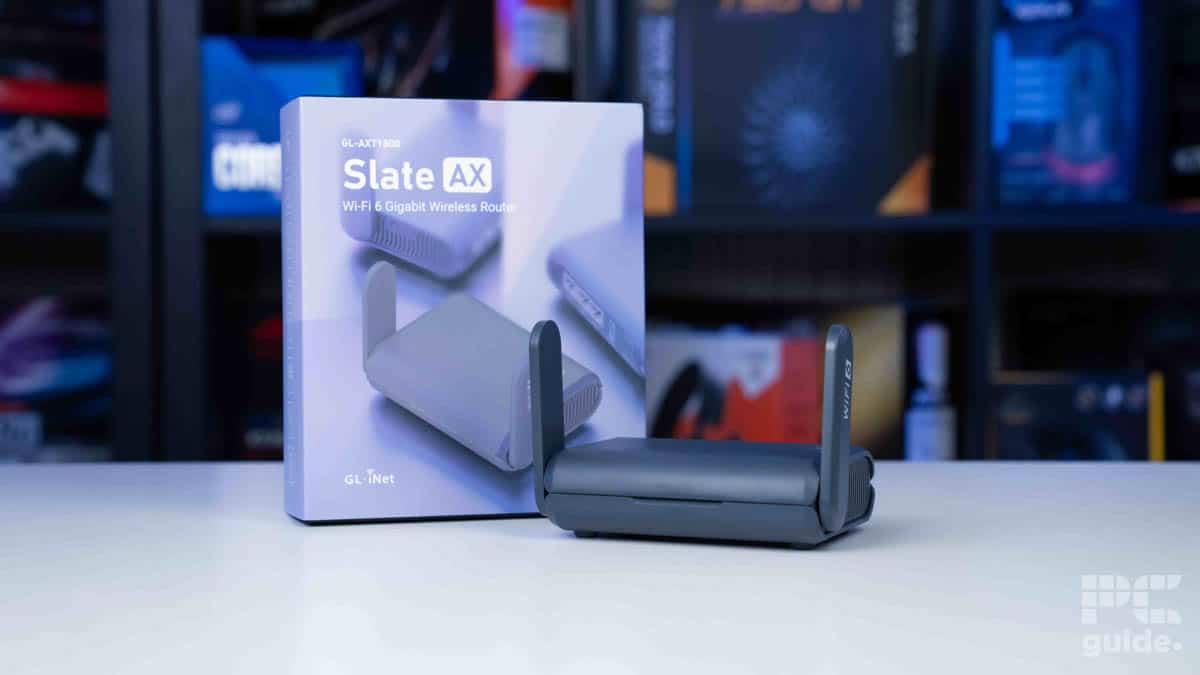
Table of Contents
In a bit of a different category compared to the likes of gaming routers, we take a look at the GL.iNET GL-AXT1800. A travel router designed for moving and giving you networking solutions on the go instead of just sitting at home. With that, the key specs and features are going to differ from the other range of options we’ve looked at previously.
The router comes with the WiFi 6 spec and it might not be the latest and fastest standard but it still opts for a fast option for portability and still a decent price as well. With a variety of connection options for the internet and sending that out it offers a lot of features in the package as a wireless router as well. So let’s see what it has to offer and how it performs.

- Standard: WiFI 6
- Frequency Bnads: 2.4GHz, 5GHz
- Max Speed: 1800Mbps
- LAN Ports: 2x Gigabit
- WAN: 1x Gigabit
- CPU: IPQ6000 1.2GHz Quad-core Processor
- Memory: DDR3L 512MB / NAND Flash 128MB
- USB: 1x USB 3.0
- Dimensions: 125 x 82 x 36mm
- Weight: 245g
The GL.iNet GL-AXT1800 Slate AX router gave us quite a surprise. With the small device focused on mobile usage, we weren’t expecting all the performance and features behind it to be available. As it offers quite a range of connections from WAN to tethering whilst also providing two ethernet and WiFi 6 to connect up to it, it manages to hold up against bigger standalone routers.
It even comes with a relatively low asking price, it’s not under $100 but for what it does, it seems to know its worth with all the features on it. It does have interchangeable power adapters and an SD card slot for a whole range of features. Along with a USB 3.0 port which is a great choice for storage even if the performance of it does fall behind a bit. But for a travel router, it brings a whole lot to the table including plenty of VPN options.
- Very small and light, easy to move around
- Great VPN and protection options, great for public use
- Lots of settings and features even for the size and use case including guest WiFi
- Incredible signal strength, latency, and download speeds
- Strong value proposition for the price-to-performance
- Not the fastest USB connection for connectivity
- Can get quite hot to the touch after a while of work
Design
The GL-AXT1800 is a rather simple design, with no towering features, taking up loads of screen space, or RGB lighting it up. Instead, it’s an elongated rounded box with two swivel antennae on the ends. In a dark color, it’s almost a stealthy little device that can be transported with ease and put into work mode still, which is needed to access the SD slot on the side. That is quite the compact form for the WiFi 6 router.
The router comes with dimensions of 125 x 82 x 36mm which is ideal for traveling with, and with a travel bag you can get separately you can do so in a much more easy way. With the size, there are still vents on the ends and bottom for the cooling and you can see the CPU cooler on the underside trying to keep temps under control. Which it does need as the operating temp GL.iNet suggests of 0 ~ 40°C and the router does get hot, so with much higher ambient it won’t be able to cool it down enough and throttle.
Being a WiFi 6 router, you get access to both 2.4 and 5GHz frequencies on the go. It does quite miss out on 6GHz without the 6E capabilities, but that’s not the end of the world as it does keep costs down and still provides an incredible speed as we see in our testing later on.
For its RJ45 ports for more connectivity, there is quite a bit of speed as well. It manages to pack in three ports for you to utilize, and all three of them are gigabit, with a split between one WAN and two LAN ports to connect into. That gives you a lot of speed to plug in but also has between the network you set up for it, which includes storage devices you may want to plug in.
GL.iNet GL-AXT1800 Slate AX router gave us quite a surprise
Other features
The router packs inside of it the IPQ6000 1.2GHz Quad-core Processor with support from DDR3L 512MB and NAND Flash 128MB memory and storage. Although not too fast of a CPU and RAM, it’s still plenty powerful for the tasks it has on hand, especially with the more lightweight OpenWRT operating system with a lot of customizability to it.
It also has a lot of options for where your internet comes from. The standard ethernet is available but also you can use it as a repeater of other WiFi networks, tethering from your phone, or cellular with an appropriate USB modem. Which then is sent forward over wireless or LAN. But in between there’s a lot that can happen, with a load of VPN options to pick from including OpenVPN and Tor.
Along with the VPNs, there are other applications you can enable on the network with this router. Which included AdGuard and parental control. So not only can you guard your information and activity but also keep others on your network safe, which is a lot for what’s meant to just be a travel router, in fact, it would be quite a good home router too.
As for the rest of the hardware and physical features, you also get access to a USB 3.0 port, another way of connecting storage as we do in our tests. Along with a type C port, but that’s just for power (which reportedly only consumes up to 8.75W), and an up to 512GB MicroSD slot. With two buttons for rest and toggling that can be set to a particular function.
Pricing
The GL.iNet Slate AX has a great price, with an MSRP of $149, it is not as expensive as other routers we’ve reviewed recently. Even with the WiFi 6 options it is a good value pick. Like the ROG Rapture GT6 which comes in at around $250, or the other mobile router Netgear M6 Pro which is a staggering $900 (although that is 6E and 5G on board). Even still the GL-AXT1800 is a low price and is even on sale for $112.90 at the time of writing, with the company having even cheaper models available. Which does make it a good choice for portable connections in fact.
Selling itself as a portable router, it holds up well against standard gaming router options
Performance
Now we put the router through its paces, testing out what its capabilities are and what it does achieve with what it provides. Setting it up on ethernet, we tested it the same as the other routers we tested, with most tests done on our Samsung S21 FE with WiFiMan and Speed Test apps. Whilst LAN tests we used our test bench to benchmark speeds of internet and storage.
These were tested in our office, where ethernet is limited up to 300Mbps, and the traffic on it varies a lot. Especially with the number of people in the office and in between the phone and router. But still, it should provide a good comparison between the different routers up to 5GHz.
Signal strength
The signal strength provides a value of how well the two devices are connected together. With a dBm value in the negatives, the closer to zero the better the strength. This can usually come down to the antenna of the device and how well the signal is sent out. We tested this at four set points, 10ft/3m, 30ft/9m both with direct sight of the router, whilst 60ft/18m has a wall in between, and 90ft/27m is a lot further with 4 walls/2 rooms in between.
The range of distances at different frequencies should provide a good look at what is capable of the router. With the Slate AX performing a lot better than we expected. With 2.4GHz ranging from -33dBm to -62dBm from 10ft to 90ft respectively. With the 5GHz spectrum changing from -38dBm to -62dBm with 90ft failing to connect at that point showing its range limitation with the smaller power and fewer antennae.
Speed tests
Next up we tested the actual speed you get from using the router. Connected via ethernet we checked both the physical (speed between phone and router) and internet speed achieved. For physical at 2.4GHz the downloads ranged from 206 down to 17Mbps, with the uploads from 229 down to 7Mbps. Whilst at 5GHz topped 960Mbps close up down to 288Mbps at 60ft in download, and uploads ranged 1200 to 576Mbps as 90ft failed to connect.
Now for the actual internet speeds that are achieved, that varies from the physical a bit, especially with limited bandwidth. The 2.4GHz download ranged from 119 down to 8.9Mbps, with the upload speed ranging from 95.1 down to 2.5Mbps. As for 5GHz, the speeds jump up to 271 down to 197Mbps downloads, with the uploads ranging from 293 to 137Mbps.
We also had a quick look at the latency of the phone to the router and back to see what kind of delay there was over wireless. There we saw a 2.4GHz range of just 9-14ms across the different ranges. Whilst 5GHz also just had a range of 6 to 12ms, showing a quick turnaround time for data. Lastly, we had a quick LAN speed test to see if it kept up with the rest and in fact, it did well with a 278.9Mbps download and 285.5Mbps upload speed.
Storage speed test
Since the router also has a USB port we tested out the speed of storage connected to it can achieve. Plugging in our Samsung SSD to a sled and into the router we could access it on our PC connected to LAN and ran CrystalDiskMark to benchmark its speed. Here we see the read speed reach 100MB/s with the upload around 114.5MB/s. Which is still great even if not quite the reach of top routers, it does hold up well for a portable router.

Conclusion
Overall, the GL.iNet GL-AXT1800 Slate AX surprised us a lot. Selling itself as a portable router, it holds up well against standard gaming router options, which we wouldn’t expect from something designed on the go. Even then it offers a lot of features for internet control and safety with the multiple ways you connect up to the wider network. With a range of internet inputs, VPN options, parental controls, multiple outputs, and fast connections it impresses for something so small.
Taking up little power and space, it does get a bit hot but for the value it offers it’s a strong consideration for a mobile solution and even a home network option although you might need a range extension and a switch for a bit more port options.

- Standard: WiFI 6
- Frequency Bnads: 2.4GHz, 5GHz
- Max Speed: 1800Mbps
- LAN Ports: 2x Gigabit
- WAN: 1x Gigabit
- CPU: IPQ6000 1.2GHz Quad-core Processor
- Memory: DDR3L 512MB / NAND Flash 128MB
- USB: 1x USB 3.0
- Dimensions: 125 x 82 x 36mm
- Weight: 245g
